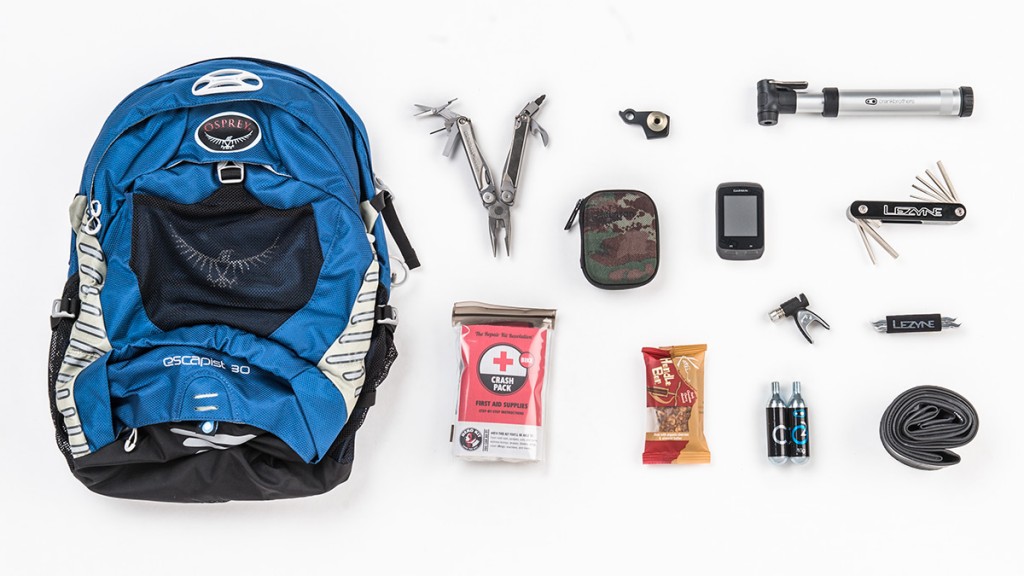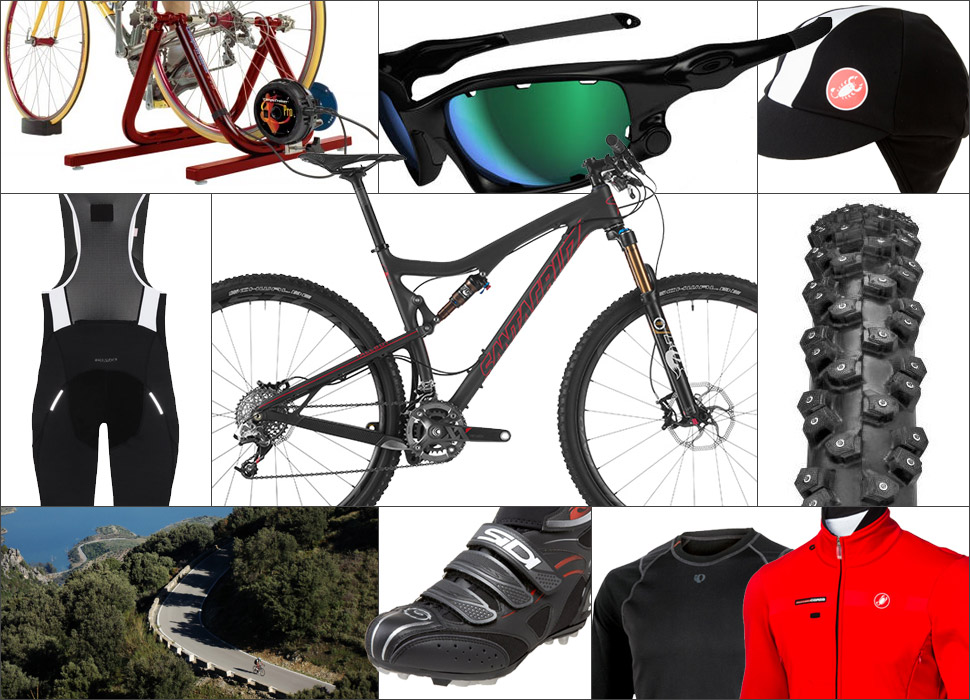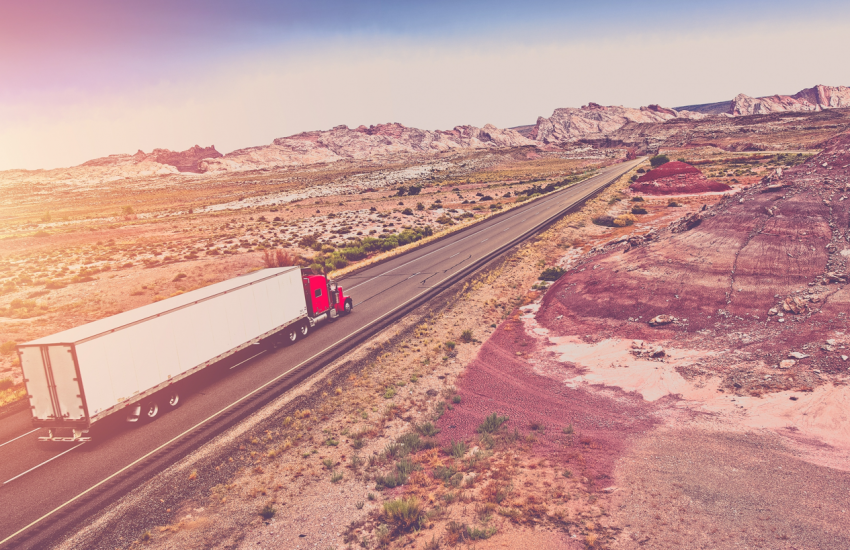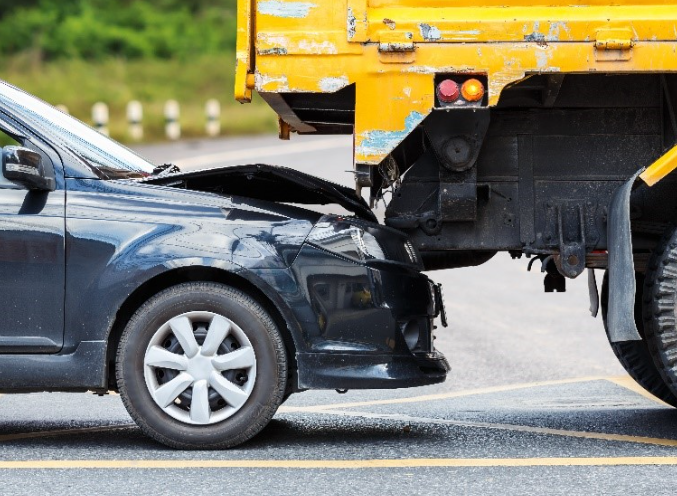Essential Items For Cyclists
Cycling is a sport that’s immensely popular, both as a means of getting fit and of getting from one place to another (and ideally, having fun in the process). Cycling trips can be anywhere from a few hundred yards long to a few hundred miles – and if you’re going to take up the hobby, you’ll need the equipment to match your ambition – however extensive it might be.

If you’re just going to be cycling short distances, then just a few of these items will be necessary. If you’re going on longer rides, however, you’ll want to equip yourself accordingly. With charity challenges involving cycling long distances being more popular than ever, some of the less obvious items we’ll discuss here have never been more important. So, whether you’re an occasional peddler or someone who aspires to complete multiple cycling challenges with every passing year, be sure to consider the items we’ll discuss. Let’s start with the most important.
Cycling Helmet
Of all the injuries that befall cyclists, by far the most dangerous are head injuries. While a cycling helmet isn’t a legal requirement, it’s the best thing you can do to protect yourself against serious head injury. In short, there’s no good reason not to wear one.
Different sorts of cycling helmet offer a broadly identical level of protection, as they all must comply with EU standards. The variances will produce lighter and more attractive helmets – so you’re paying for comfort and style rather than safety.
Sunglasses
When you’re hurtling along a narrow dirt track, or a busy road, the last thing you want is to be blinded by an inconvenient beam of sunlight. Prevent this unfortunate situation by investing in a decent pair of sunglasses. Ideally, you’ll want the wraparound sort which shield your eyes from all sides while clinging to your head.
Torch
If you’re going to be cycling at night, then you’ll need to be able to see where you’re going – and alert other road users to your presence. A torch will allow you to do this handily.
Lightweight clothes
If you’re going to be spending a significant amount of time in the saddle, you’ll want clothes that aren’t going to impede your movement or otherwise slow you down. Fortunately, there’s a whole category of clothing dedicated to improving the cycling experience – which will allow you to get out into the open air without working up an intolerable sweat, and yet will protect you from the cold winds you’ll almost certainly encounter.
Water bottle
Cycling, like any form of exercise, requires that water be consumed in order that the participant avoids dehydration. Unfortunately, since cycling also requires moving from place to place, you’ll need to bring that hydration along for the ride. Fortunately, any serious bicycle is going to provide a place for you to attach a water bottle – so that you can stop for a refreshing break every so often.
Pump
Under-inflated tyres are the bane of every cyclist’s existence. If you have a pump attached to the frame of your bicycle, you’ll be able to address the situation wherever you might be in the world. There are several tools which will allow you to perform on-the-spot maintenance – but the trusty pump is undoubtedly the most important of them all.
Footwear
When you cycle, you use your feet to propel the pedals around. So far, so obvious. But there’s another link in the chain that’s worth discussing: your shoes. Clearly, some shoes are more suitable for transferring energy from your legs to your bike. You’ll want to select a pair that are comfortable, and that’ll grip the pedals nicely.
Once you reach a certain level of cycling proficiency, your choice of footwear will have a still greater impact on the results you’re able to achieve. That’s why advanced cyclists will opt for shoes which clip into their pedals, a la a pair of skis. That way, there’s almost zero inefficiency between your legs and the pedals. And, in the event of a crash, the clips will detach automatically and prevent your legs from getting tangled.
First Aid Kit
As with all things in life, it’s sensible to hope for the best while planning for the worst. Since your cycling excursions might take you out into the remote wilderness, and there’s a potential – however small – for serious injury, it’s important to take precautionary measures. A first-aid-kit won’t take up too much room in your backpack, but you’ll be glad of it if disaster should strike.


















